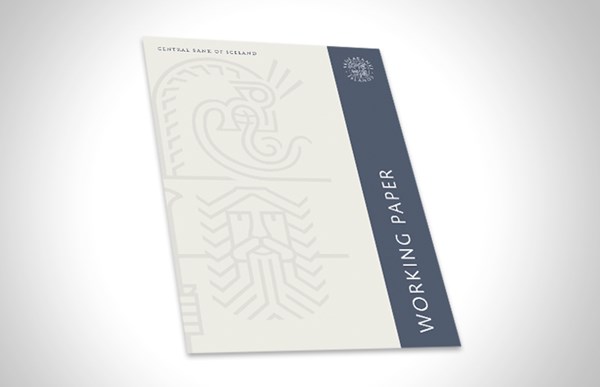Working Paper no. 89: Mapping educational disparities in life-cycle consumption

The Central Bank of Iceland has published a research paper that uses data taken from the tax returns of all Icelandic taxpayers in 2005-2019, a period that saw large changes in disposable income around the country’s financial crisis in 2008, to plot the life-cycle path of consumption and income for different education groups and to estimate the level of consumption smoothing.
Households are split into three groups based on educational attainment: primary education, secondary school, and university. The university educated are found to engage in more consumption smoothing than those without a university degree. A measure for marginal propensity to consume (MPC) out of transitory income is constructed. It yields that the university educated tend to have a lower MPC than those with less education. This implies that investing in education is an investment not only in higher income and sometimes more fulfilling jobs but also a more stable standard of living. There is a corollary that a higher level of average education can be expected to reduce the magnitude of the business cycle through a lower multiplier.
The Working Paper by Þorsteinn S. Sveinsson, Svend E. Hougaard Jensen, Sigurður P. Ólafsson and Gylfi Zoega can be accessed here: Mapping educational disparities in life-cycle consumption
